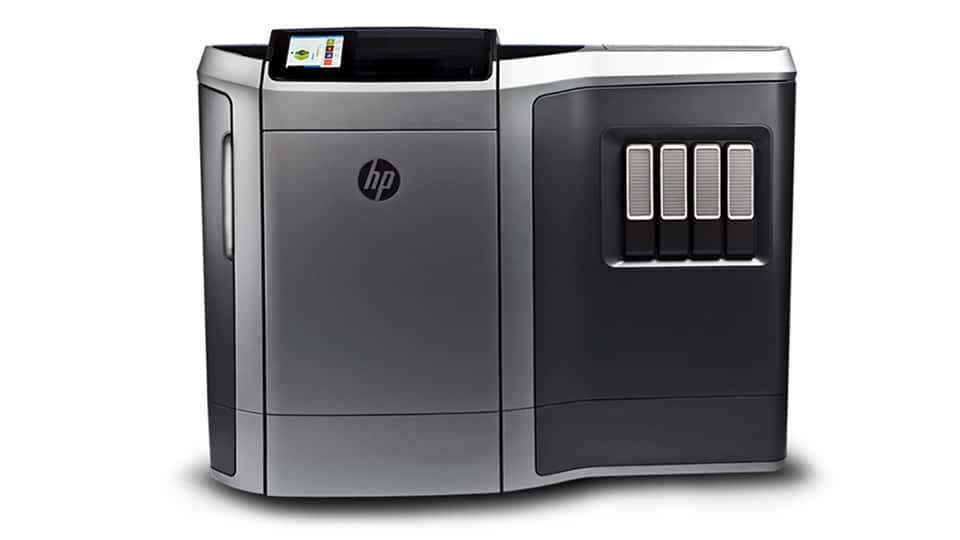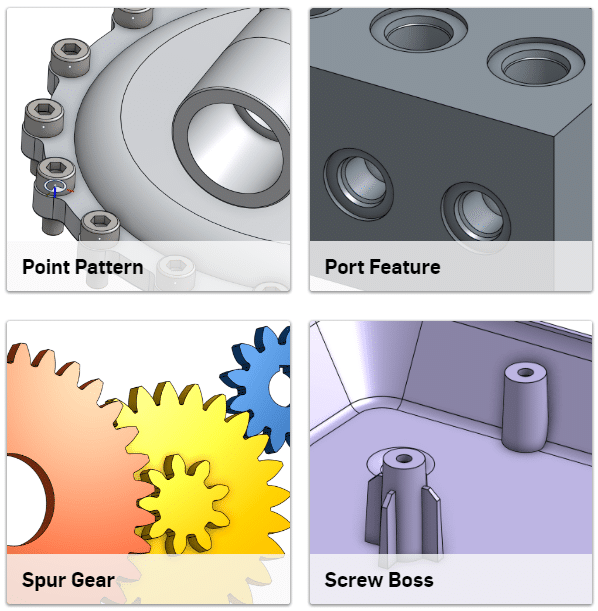Welcome to World of CAD: Monthly News Roundup, Scan2CAD’s monthly look-back at the latest developments in the CAD industry. In our May edition, we’ll be covering an exciting new technology which allows users to make edits as they print. We’ll also take a look at HP‘s first foray into the world of 3D printing and analyze the potential benefits of its new partnership with Siemens.
We’ll be checking out two new cloud-based CAD solutions: the commercial launch of ReMake from Autodesk and the launch of a new, customizable programming language from cloud-based software Onshape. Finally, we’ll also be discussing the potential impact of the most talked about virtual reality (VR) headset on the market – the Oculus Rift. The links between VR and CAD might not be immediately apparent, but we’ll take a look at how this new bit of tech could literally change the way we view modelling. Let’s go!
Make edits while printing with On-the-Fly Print
When you’re dealing with text, drafting and redrafting is a fairly straightforward process, because creating a new revision of a document doesn’t mean destroying the old one. Unfortunately, when it comes to 3D printing, it’s not that simple. Once you’ve started the printing process, you can’t just go back and make changes to your model, so if your printed model is unsatisfactory, you’ll just have to scrap it and start all over again. Given the costly nature of 3D printing, this is something best avoided. Now, however, there may be a solution on the horizon.
A team of researchers at Cornell University have come up with the On-the-Fly Print system, allowing designers to print low-fidelity wire frames of a model whilst simultaneously making edits to the model in CAD software. This allows the user to view a real-life, physical preview of their model, with the ability to pause the printing process. This means that the model can be edited while it’s still in the printer. Creating a wire frame model first allows for the dimensions to be checked and altered without needing to print out a complete, solid object.
Furthermore, On-the-Fly Print builds on this by enabling designers to make edits during the printing process. Whilst this technique is still in the early stages, it has the potential to improve the quality of 3D printed models, in addition to cutting down on the costs of the modelling process. Read more about it on researcher Huaishu Peng’s website.
HP and Siemens announce partnership
In recent years, 3D printing has really started to pick up steam and is slowly but surely beginning to revolutionize the manufacturing process. Now, traditional printer manufacturers want in. Tech giant HP unveiled their Jet Fusion 3D printer this month, hoping to turn their fortunes around after a recent sluggish performance. Despite HP’s usual focus on the consumer market, its 3D printers are aimed at the manufacturing sector as its cheapest Jet Fusion model comes in at a hefty $130,000.

It’s further been announced that the Jet Fusion line of printers will run on Siemens’ additive manufacturing software, marking the beginning of a partnership between the two firms in this sector. The use of this software on HP machines will allow users to 3D print using multiple colors and materials, plus these machines are capable of customization down to the voxel (a 3D pixel).
HP claim that their machines produce parts “ten times faster than any other technology in the marketplace,” with a speed of 30 million drops per second. These advances could give designers greater flexibility in the models they design and produce, contributing further to the industrialization of additive manufacturing.
Autodesk releases ReMake
This month has also seen a new software release from the owners of AutoCAD, Autodesk. Their new ReMake software (previously known as Memento) enables the user to convert photos or scans into 3D meshes. These meshes can then in turn be edited using CAD software before being used for a wide range of applications, such as film, virtual reality and gaming.
The software is designed to be user-friendly and is accessible even to those without any background in modelling software. Additionally, there’s no need for an ultra-high-spec PC to run the software, because everything operates via the cloud. While the majority of users are expected to be existing users of CAD software, it’s thought that a significant minority will be relative newcomers, utilising the software for a variety of purposes. That’s great news for artists, who are using CAD in incredibly creative ways.
Onshape launches FeatureScript
Speaking of cloud-based CAD solutions, this month has seen Onshape announce the launch of a new programming language, FeatureScript. Onshape is an entirely cloud-based software specifically aimed at allowing designers collaborate on a model. It’s also been praised for its ease-of-use; a free version of Onshape exists even for beginners, who want to get a feel for the software before buying a more fully-functional version.

This month, they’ve gone even further with the launch of FeatureScript. This new language allows designers to create 3D printing-specific functions, meaning that the number of features available during the modelling process will be vastly expanded. In turn, this means that the process can become much more efficient: if a designer regularly needs to create a model with similar specific attributes, then he could create a feature using FeatureScript to control those attributes.
Not only that, but FeatureScript allows for increased customization of designs. Programmers have the option to share their new features freely, sell them on for profit or keep them private to maintain a proprietary advantage. A wide range of new features are already available to users through Onshape’s website. For more detail on the implications of FeatureScript, check out 3ders.org’s article on the new language.
CAD comes to Oculus Rift
Funded by a wildly successful Kickstarter campaign and surrounded by a huge amount of buzz, it’s hard to imagine many people won’t have heard of the Oculus Rift. Built upon one of the most robust platforms for virtual reality, there has already been widespread speculation on the potential impact the Oculus Rift could have on the gaming industry. So far, however, there’s been little focus on how it could be used to bring about advances in other sectors.
The virtual world of the platform makes it possible to create and display models in 3D – a vast improvement on the two-dimensional computer screens that have long been ubiquitous. Applications such as IrisVR and Arch Virtual already provide the option to capitalize on this new technology. Whilst it doesn’t come cheap (Oculus Rift bundles start from $1,500), the possibilities are huge. IP Watchdog provides a comprehensive rundown of the new Oculus Rift patents and the impact they could have on the future of CAD here.
Follow Scan2CAD’s news blog for more monthly news roundups from the CAD industry. If you’re a CAD professional yourself, be sure to check out our best CAD tips and tricks!

